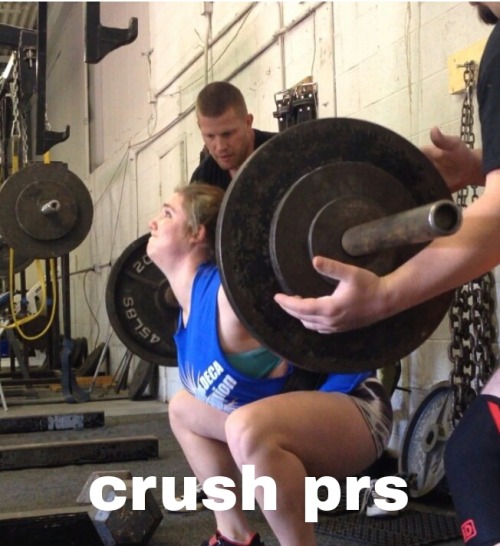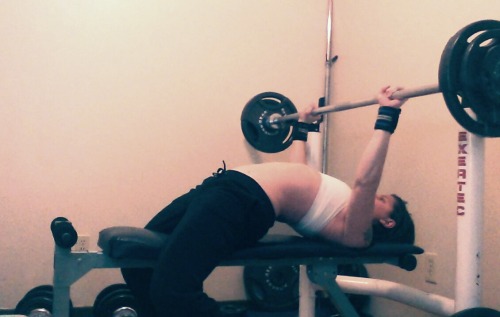Warm Up and Foam Rolling – is there a point?
Why do we warm up?
“Warming up” is a blanket term used to describe the actions we perform prior to an exercise to allow us to exercise injury free and prime us for ideal performance. During a warm up we increase blood flow to the muscles we plan on using, increase our core temperature, increase range of motion, and get our heart rate elevated. These are all necessary to decrease instances of injury and ensure we have the best performance.
Static stretching vs. dynamic warm ups
When I was in elementary school and took PE I remember warming up with static stretches. This involved grabbing various parts of your body and folding them in ways to stretch the muscles prior to exercise we performed. This mode of warm up is no longer recommended – it’s been replaced with dynamic warm ups.
Dynamic warm ups are not static – it’s movement of the muscle to stimulate it for action. This includes things like lunges, kicks, walking, etc. Any sort of movement that increases blood flow to the muscle. Study (source) after study has shown an increase in acute performance after dynamic warm ups vs. static stretching. This has been confirmed in all sorts of populations, from children (source) to D1 collegiate athletes (Source).
Some dynamic warm up videos:
Katie Anne’s Warm UpMegsquat’s Lower Body and Bench Warm Up
Foam Rolling
Over the last few years’ foam rolling has gained a lot of traction. A foam roller is a long foam device that allows someone to manipulate their muscles without the need of a second person. They come in a lot of different types – plastic, foam, some have rivets on them, etc. While I use “foam rolling” in the rest of this article, you can include using items like lacrosse balls, tennis balls, PVC pipe and massage sticks in this topic.
When I asked friends and family why they foam rolled, by far and away the most common response was “To break up the lactic acid in sore muscles, decreasing DOMS (delayed onset muscle soreness).” This isn’t an accurate point for many reasons. First, lactic acid build up does not cause DOMS. While many theories have been explored – and the exact mechanism isn’t known – the lactic acid theory has been widely rejected and replaced with theories about microtears and inflammatory processes. Second, it gives the idea that the foam roller can cause fascial (tissue/muscle) manipulation at a level to “break up” or “release” anything. Studies have shown that you need somewhere in the neighborhood of 600-900kg of weight to cause meaningful manipulations in fascia (source). In fact, there have been quite a bit of papers debunking the idea that you can “release” fascia without serious force – as stated above.
So why foam roll? Well, there are studies that prove foam rolling increases acute range of motion (source). If you’re foam rolling a “tight” area of your body prior to exercising that area you will find that your range of motion has increased (source). However, this has been noted with any sort of warm up, not just foam rolling. Additionally, the science supports it being just an acute process. If you foam roll on your off days and expect that to carry over to the next day’s exercise you’ll find no improvement. It’s the movements you perform afterwards that are meaningful in long-term increases in flexibility and range of motion.
There’s also been a lot of interesting studies into why foam rolling seems to decrease DOMS (source). There are theories about stimulating pain perception points and even more theories about a placebo effect. Much like the cause of DOMS, the jury is still out on how this can decrease the sensation of soreness.
So how should you interpret this data and apply it to your life?
- If you enjoy foam rolling, keep doing it. Limit it to <10 minutes pre or post workout and include it with other types of warm ups like dynamic stretches and movements.
- Don’t guilt yourself if you don’t foam roll on your days off. Instead, try other active processes to increase blood flow to your muscles and help with range of motion and flexibility.
- If foam rolling is not something you enjoy, you don’t have to do it.
- As always – if it works for you and you feel better before/after you foam roll, keep it up! What works best for you is what YOU should do.

